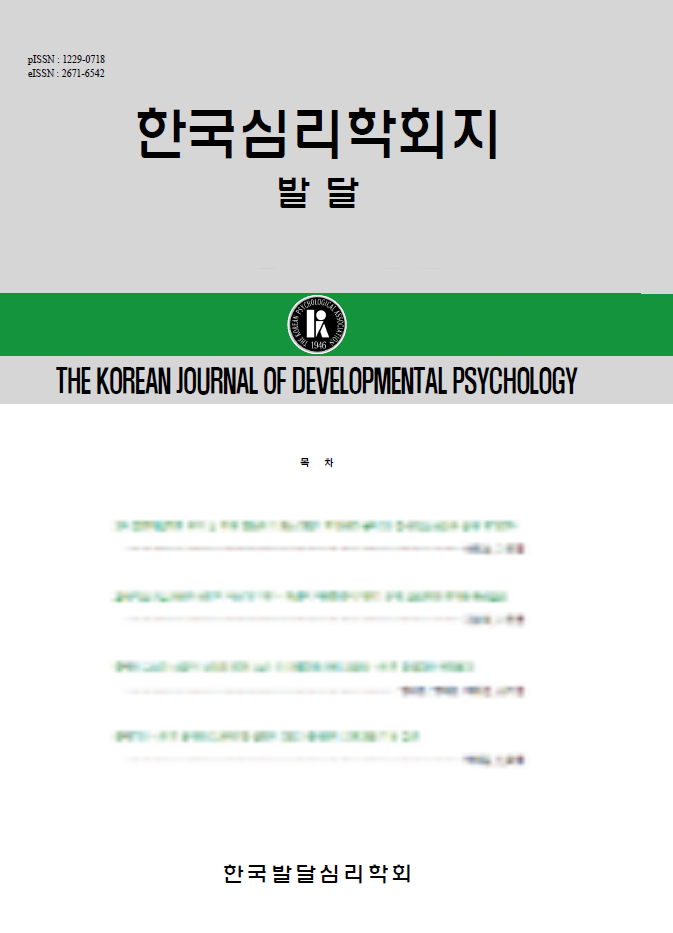open access
메뉴
open access
메뉴 ISSN : 1229-0718
ISSN : 1229-0718

This study investigated the relationship between morphological awareness (compounding, inflectional, derivational, and homophone awareness) and Hangul syllable reading, word reading, and word spelling in 139 5-year-old kindergartners in Korea. This study controlled for nonverbal intelligence, vocabulary, and phonological awareness. Hierarchical regression analyses showed that Korean morphological awareness explained Hangul syllable reading and word reading and spelling over and above nonverbal intelligence, vocabulary and phonological awareness. When the final beta weights found were considered, homophone morphological awareness, as well as syllable and coda consonants awareness uniquely explained the significant variance in Hangul word reading. Additionally, derivational awareness and coda consonants awareness uniquely explained Hangul syllable reading. Furthermore, coda consonants awareness and homophone awareness uniquely and marginally explained Hangul word spelling respectively. These findings suggest that morphological awareness, especially homophone and derivational awareness, contributes to the early Hangul literacy skills among kindergarten children.
